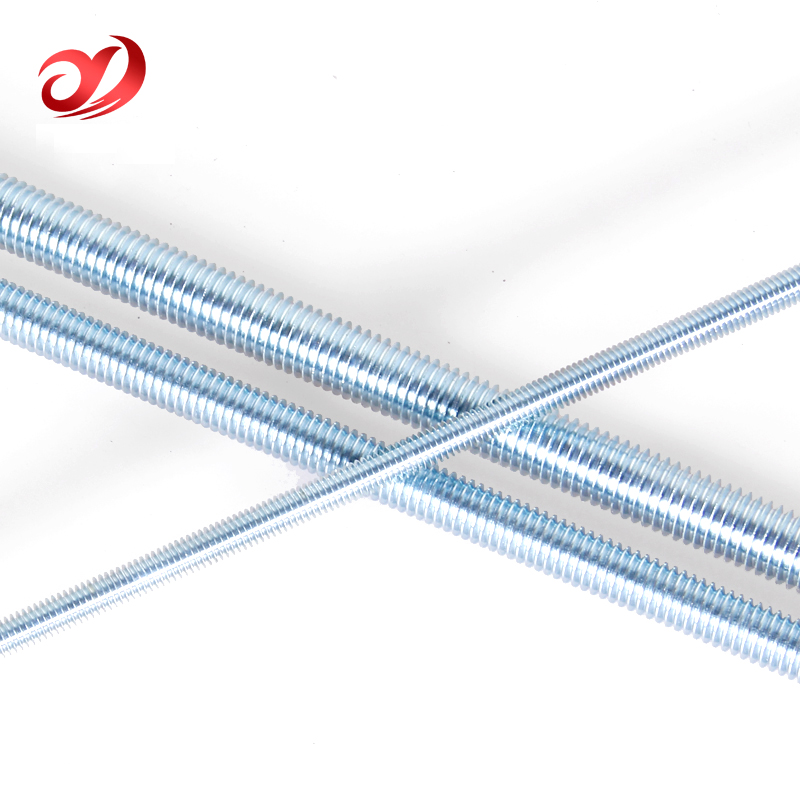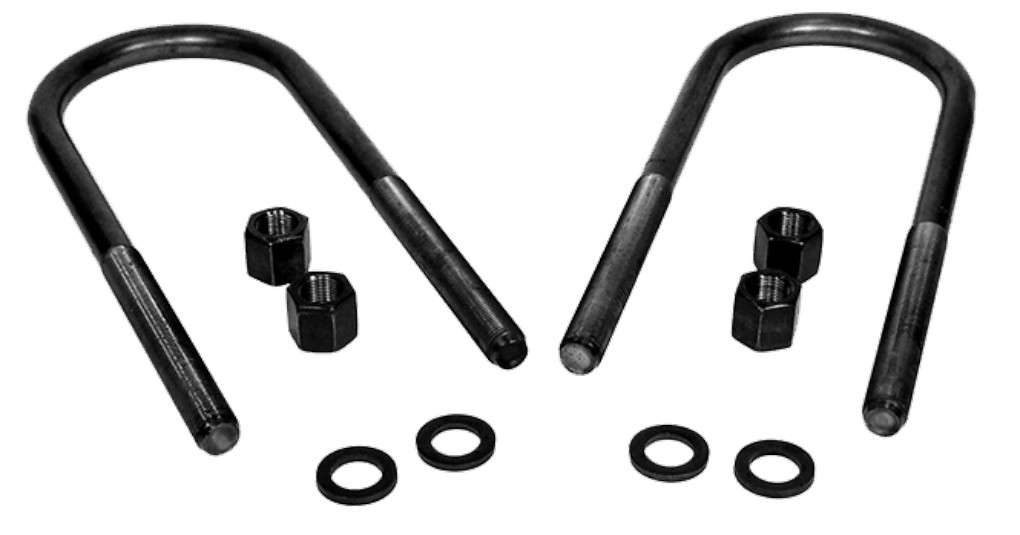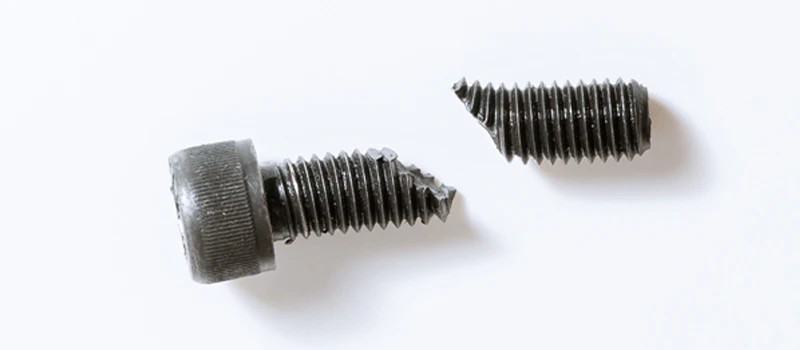The Role of Small Screws and Fasteners in Building Lifespan
Introduction
In modern building design and construction, the lifespan of a building is one of the key factors in evaluating the success of a project. The durability of the building directly impacts its long-term safety and value. Building reliability ensures stable performance over time, while maintenance costs are crucial in determining the economic feasibility throughout the building's lifecycle. As a result, the construction industry is increasingly focusing on building longevity and durability, while adopting scientific Life Cycle Assessment (LCA) methods to guide the selection of materials and components.
Small screws and fasteners play a critical role in building structures. Despite their small size, they bear significant responsibility. Not only do they ensure the firm connection of various parts of the building, but they also have a profound impact on the overall durability and safety of the structure. This article delves into the influence of small screws and fasteners on building lifespan, exploring their application and development trends in different building structures.
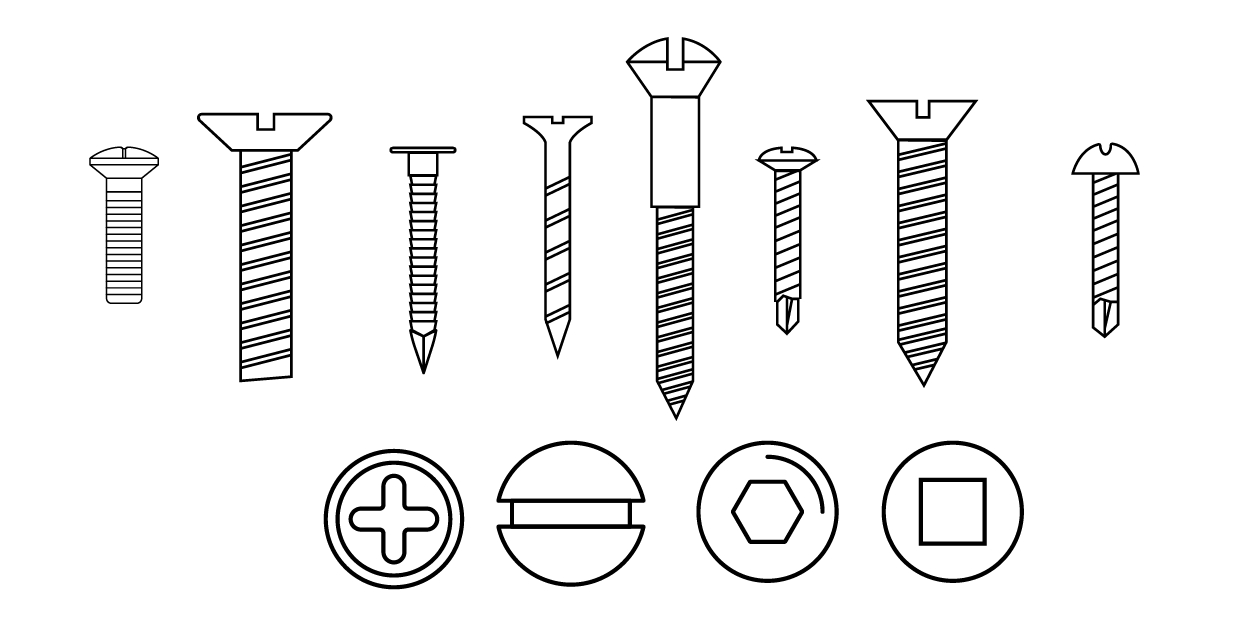
Types and Applications of Small Screws and Fasteners
Types of Fasteners Used in Construction
In construction, common types of fasteners include bolts, nuts, washers, and rivets, which are widely used in various parts of building structures. Different types of building structures, such as steel, concrete, wood, and composite structures, require specific fasteners to ensure stability and safety.
Application of Small Screws and Fasteners
Small screws, including micro fasteners, precision screws, and self-tapping screws, are widely used in the construction industry, especially for connecting small devices, decorative installations, and precision components. For example, precision screws are typically used in electronic devices and mechanical structures, while self-tapping screws play an essential role in wood and lightweight metal structures.
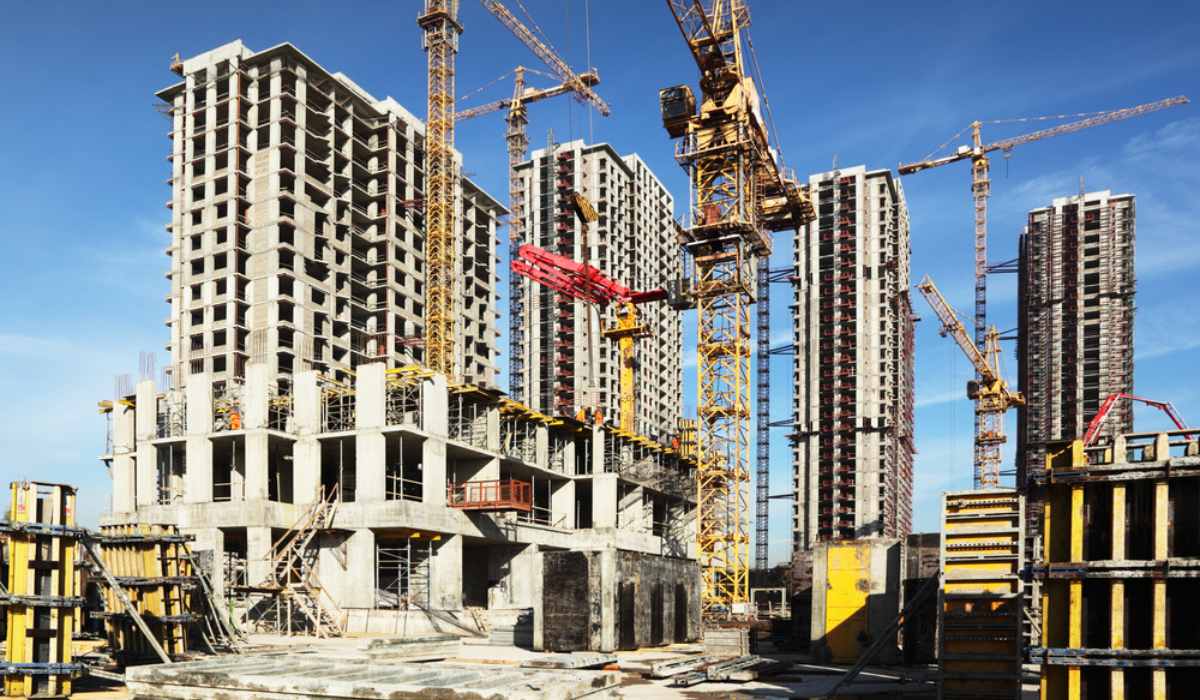
Importance of Bolts in Construction
Bolts are particularly important in construction. American standard bolts, such as A325 and A490 bolts, and German standard bolts, such as DIN bolts, are widely used in international building projects. American bolts are known for their high strength and excellent corrosion resistance, making them suitable for load-bearing structural components. German standard bolts, with their standardized design and superior mechanical properties, are commonly used in European and other international construction projects, especially for connecting steel structures.
Material Choices and Their Impact
The choice of materials and specifications for fasteners significantly impacts the performance of buildings. Steel fasteners are commonly used for load-bearing building components, while stainless steel fasteners, known for their excellent corrosion resistance, are widely used in building projects exposed to humid or chemically challenging environments.
How to Choose the Right Fasteners for Buildings
When selecting fasteners for buildings, it is important to consider the type of structure, environmental conditions, and performance requirements of the fasteners. For construction projects located in high humidity or chemically corrosive environments, it is essential to select stainless steel fasteners with high corrosion resistance. For steel structures or load-bearing components, high-strength American or German standard bolts are necessary.
Additionally, imported fasteners are often a good option. Manufacturers like YudeMetal, which offer advanced production processes and strict quality control, provide high-quality fasteners that can meet the demands of construction projects. By adopting efficient procurement strategies and optimized production processes, construction companies can reduce costs while meeting quality and performance requirements.
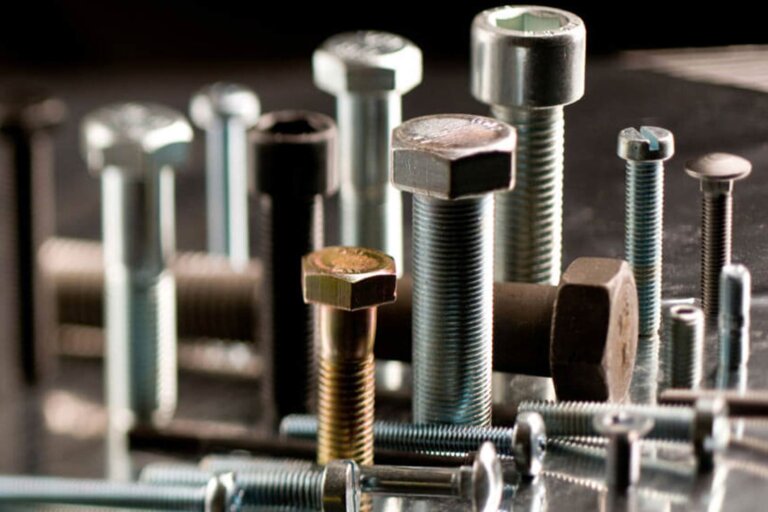
Quality and Performance of Small Screws and Fasteners
Key Indicators for Fastener Quality
The quality of fasteners directly affects the safety and durability of buildings. Low-quality fasteners can lead to loose connections, structural deformations, and even safety hazards. When evaluating the quality of fasteners, several key indicators must be considered, including strength, corrosion resistance, fatigue resistance, and aging resistance.
Role of Bolts and Nuts
For example, bolts and nuts play a crucial role in connecting parts of building structures, and their strength and fatigue resistance directly influence the overall stability of the building. Washers and rivets are important for preventing friction, leaks, and protecting the structure. The selection of fasteners should consider environmental adaptability, especially in specialized environments (such as high temperatures, humidity, or chemical exposure), as their performance has a direct impact on the lifespan of the building.
How to Reduce Fastener Costs While Ensuring Building Quality
To reduce fastener costs while ensuring building quality, it is important to choose fastener manufacturers with high cost-performance ratios. Through bulk purchasing and optimized supply chain management, construction companies can further reduce costs.
Additionally, selecting the appropriate specifications and materials for fasteners not only improves building quality but also helps control costs. For example, American A325 bolts and German DIN bolts are sufficient for most structures, avoiding the use of over-spec fasteners and maximizing cost efficiency. At the same time, selecting suitable fasteners can reduce the frequency of maintenance and replacement, thus lowering long-term maintenance costs.
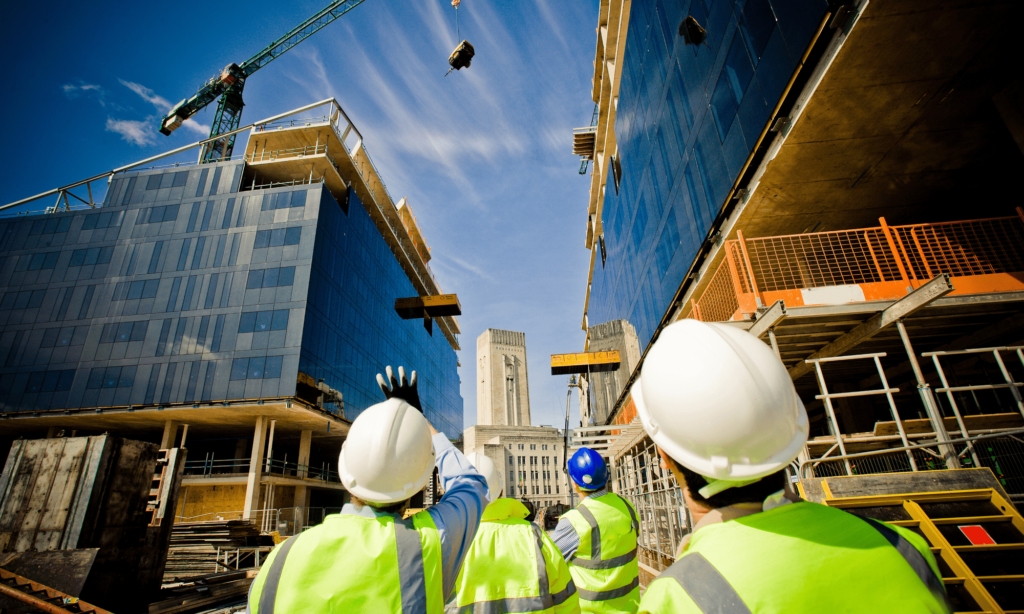
Conclusion
Small screws and fasteners are crucial to the lifespan of buildings. They are indispensable elements of building structures, directly influencing the stability, safety, and durability of the building. By choosing high-quality fasteners, such as A325, A490 bolts, and DIN standard bolts, and performing regular maintenance and upgrades, the construction industry can significantly enhance the lifespan and safety of buildings. By reducing fastener costs and selecting competitive suppliers, construction companies can ensure building quality while promoting the development of a safer, more sustainable construction industry.






